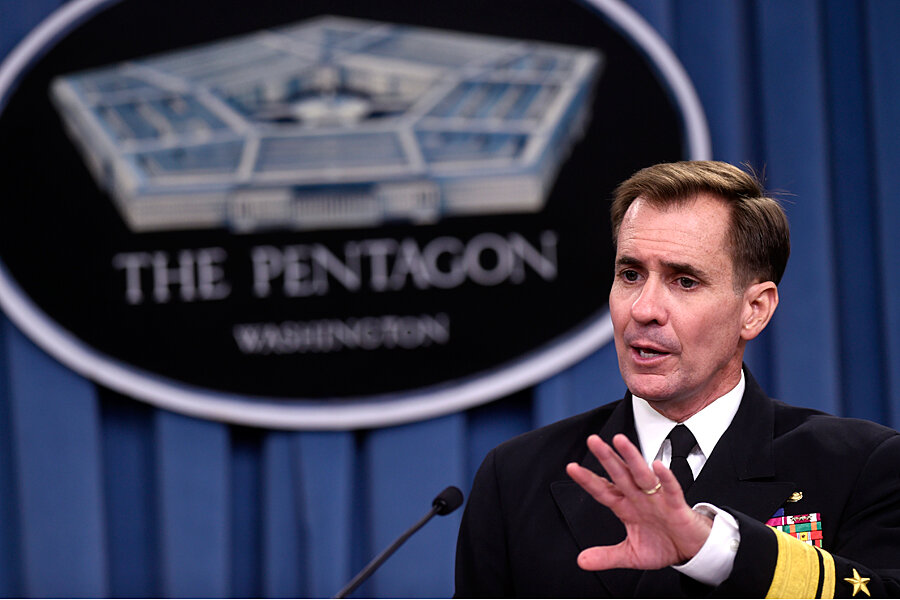Since US operations in Iraq began, the US military has conducted roughly 110 air strikes on IS forces within Iraq. Of those, the majority of strikes have been conducted in and around the Mosul Dam.
This is largely in response to the ambitions of IS, which currently occupies roughly one third of Iraq and Syria. “These guys – they want infrastructure,” Rear Adm. John Kirby, Pentagon press secretary, said in an Aug. 29 briefing. “They want streams of revenue. They want ground, and they are going after that Mosul Dam facility – so we still have to keep the pressure on them.”
Though the dam was retaken by Kurdish forces, the US military continues the airstrikes “because ISIL keeps wanting to take it back,” Rear Admiral Kirby said, adding that Iraqi forces are “still under attack almost every day there at the facility.”
The US military also continues to deliver humanitarian aid, most recently in the northern Iraq farming town of Amirili, 100 miles north of Baghdad.
These combined air strikes and humanitarian air-drop operations, which have been ongoing since mid-June and are being paid from the Pentagon's 2014 overseas contingency fund, cost the US an average of $7.5 million per day, according to Pentagon figures.







